
This logo isn't an ad or affiliate link. It's an organization that shares in our mission, and empowered the authors to share their insights in Byte form.
Rumie vets Bytes for compliance with our
Standards.
The organization is responsible for the completeness and reliability of the content.
Learn more
about how Rumie works with partners.
You've probably already heard of diversity when it comes to ethnicity, religion, or gender. Maybe you're even familiar with some symbols that represent these groups.
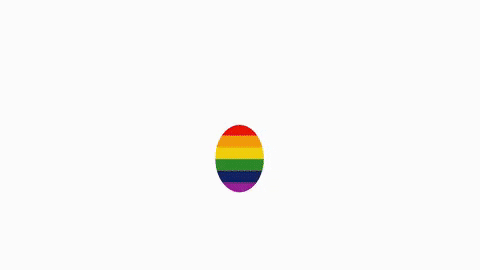
But when you think about inclusion and acceptance, what do you know about neurodiversity?
What do symbols representing neurodiverse people mean?
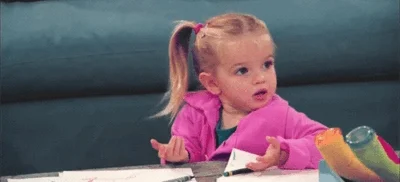
What is Neurodivergence?
Neurodivergence is the idea that there is variation in how our brains work.
Neurodivergent people may think, express themselves, behave, or learn in ways different from neurotypical people. Common conditions and their neurodivergent characteristics are:
Autistic spectrum disorder: affects social communication, interaction, restricted or repetitive behaviors or interests.
ADHD: attention and impulsivity challenges.
Dyslexia: difficulties in reading and relating speech sounds and words.
Dyspraxia: affects physical coordination and movements.
Tourette syndrome: movements or sounds that are difficult to control.
The video below from Differing Minds explains what neurodiversity means:
Advocating for Change
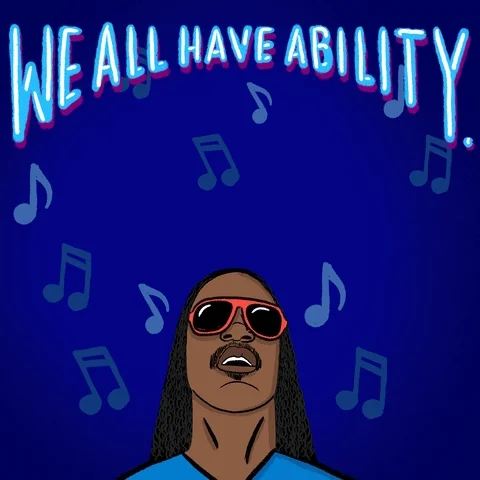
Often, disability is seen as something that needs to be fixed. Neurodivergent people are advocating for a change in the way society sees them:
Some people want common barriers like ableism — discrimination in favor of neurotypical people — to be removed.
A lot of disability advocates who are neurodivergent emphasize that they would still be disabled, even if society was more accessible.
Watch the young people in the video below explain what it's really like being autistic and how you can support autistic people:
This is where neurodiversity symbols come in!
They support awareness of the cause, make a visual impact, and help create a sense of community.
The Jigsaw Puzzle Pieces
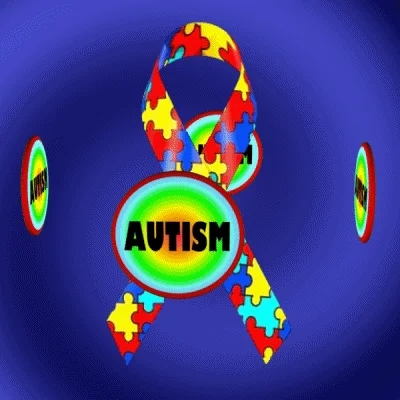
This symbol was created by the National Autistic Society to be a symbol of the complex and “puzzling” nature of autism.
The variations commonly used are the ribbon and the butterfly symbols with puzzle piece patterns.
Paul Micaleff, an autistic blogger, analyzes in a video the controversy about the symbol in the community. He explains how autistic people didn't create the symbol and argues that it can mean for some that they are a "problem to be solved".
The Rainbow Infinity Symbol
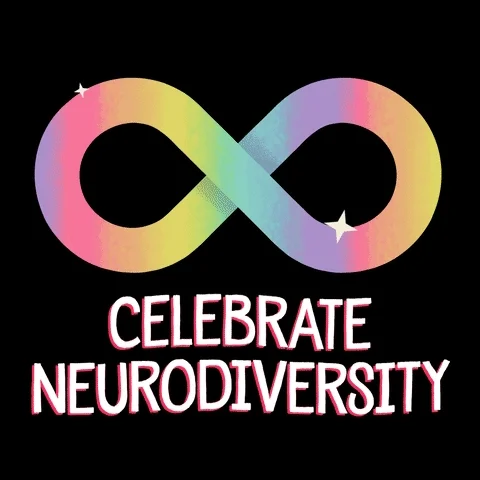
At first, the infinity symbol was created to represent autistic people, and it was gold in color. The infinity rainbow version is now recognized as a symbol of acceptance and support of all neurodiversity.
Its shape represents the life-long nature of those conditions. The rainbow colors signal pride and the inclusion of all people in the neurodivergent community.
Symbols like the infinite rainbow help support and promote a society with more inclusiveness. They help raise people’s awareness and educate others about this diverse group of people.
Watch Britini D'Angelo explain the infinity symbol and its meaning to the neurodiverse community:
Quiz Time! 🤓
How do neurodiversity symbols help people in the neurodivergent community?
A. They help educate people about the ways our minds work differently.
B. They support the inclusion and acceptance of people of all kinds of mind.
C. It makes you look cool to display these symbols and get into arguments with people who don’t understand them.
D. They foster a sense of community and joint effort to create a more equitable world for neurodiverse people.
Quiz
Select all answers that apply:
Using neurodiversity symbols isn't about being cool or getting into arguments. The goal is to teach people who have misconceptions and be an ally to these communities by adding your voice and support.
Take Action
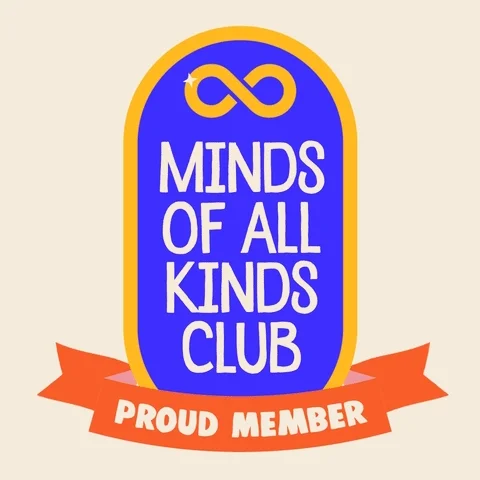
The first step in being a supporter of a cause is understanding the symbols behind it. Congratulations for being ahead of the game! To keep going:
This Byte has been authored by
Mariana Potter
Learning Designer and Educator
MAT